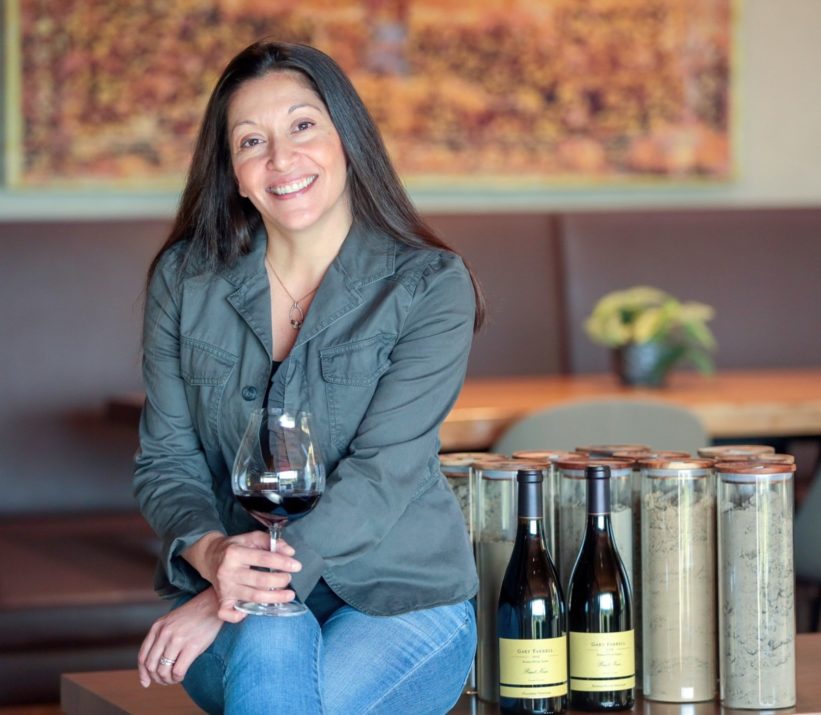
Was there a moment that you remember when you knew that you wanted to be a winemaker?
For sure! I was a grad student in Chemistry at UC Davis first. I was also a teaching assistant for undergrad General Chem, along with 11 other grad students from various departments. We got together to grade exams and we stated exchanging stories about our respective grad projects. I was doing peptide synthesis, building a library for cancer therapeutic research. A couple of other grads shared their stories of doing wine research, and I realized quickly that the chemistry was the same. We were studying our products in the same way, using the same types of analytical instruments. I had already traveled to Burgundy, Bordeaux and the Rhone Valley so I had clearly been bitten by the wine. So within days, I transferred to the Enology program. That’s how I discovered that I wanted to be a winemaker. Prior to that experience, I had never considered it as an option.
What was your first wine job?
My first harvest internship was at Saintsbury, in the Napa Carneros region. They are well known for Pinot Noir and Chardonnay. It was there that I met Byron Kosuge, a friend and winemaker who was one of my first mentors.
Can you share more stylistically about Gary Farrell Wines?
Our stylistic philosophy is to make wines that exude the essence of place (aka terroir). They are intended to be food-friendly, with a nice acid backbone, not too high in alcohol and overall just really balanced in terms of tannin, acidity, alcohol, fruit concentration, etc. We work with approximately 36 amazing vineyards from around Sonoma County and a couple beyond. Some are iconic vineyards, but all are truly special sites. This is why my top priority is to respect the fruit and try to capture the essence of each place.
I know that you source from an extensive list of top vineyards (as you don’t have your own Gary Farrell Estate Vineyards). Can you share more about those relationships and how you decide which vineyard to use for a blend or a single vineyard designate?
Relationships with Growers is a top priority for us at Gary Farrell Winery. It’s important for us to work well together because the name of each Grower is on the bottle, just as our winery name is on the label. It’s just as important for them to provide us with quality material as it is for us to make great wine from their grapes. It’s a team effort and we share the same goal. In many ways, we’re family. Unfortunately, we can’t make 36 different vineyard-designated wines, but we do make plenty. When we decide on blends, we first pick the components for the two Russian River blends, and every vintage, at least a small portion of each of those 36 vineyards go into these two blends because they are our most important wines and are intended to be an expression of the RRV as a whole. And then we set aside the standalone components and we make ~8 Chardonnay and ~14 Pinot Noir single vineyard designates, highlighting the names of our top Growers.
Can you share more about the blending process for those who may not know how a wine blend is made?
It takes several weeks to make the Chardonnay blends, and the same for Pinot Noir, maybe a bit longer since we have more of them. We start by tasting through barrel samples of the individual components, so approximately 60 different Pinot Noir samples, for example. We taste as a team of four, never alone, and we always taste blind. We take note of each component, describing them as either having standalone characteristics or nice blending qualities. Some wines have just what the RRV blend needs, such as beautiful acidity, excellent tannin structure or amazing aromatics, so we identify these as potential components for the blend. When we’re finished, we go around the table sharing our notes. Next, we make up some trial blends containing various proportions of each component and we taste them blind, in sets of 4, and each taster ranks them 1st through 4th, then we add up the rankings to determine the group rankings. We may go through this process 4-8 times for each wine, which is why it takes several weeks. We even taste the same set more than once to confirm the favorite. Every now and then, all four of us rank them exactly the same way, and remember we’re tasting blind! It’s a really fun process and it’s a great time for team bonding sitting together for hours, tasting wines, and discussing their qualities.
What is something you’d like to share about Northern California’s Wine Country (Healdsburg where Gary Farrell Winery is located) that many consumers may not know or have a misconception about?
I think there may still be a misconception out there that California wines are all big and ripe. Sonoma County is different. The RRV is a special place, with fog that gets pulled through the valley along the Russian River and acts as a conveyor belt, cooling the grapes at night and through the morning hours. This makes it a perfect place for growing delicate varietals like Pinot Noir and Chardonnay. It helps them retain vibrant acidity and creates wines that are aromatic and full of fresh, site-specific qualities.
As a winemaker, you taste (and spit) lots of wine, what wine do you feel bad about spitting because you LOVE it so much?
Ooh, that’s tough. We have several. When we’re tasting through all of the individual components, we always come upon a few really amazing ones that are absolutely delicious, but we know they will eventually end up in the blend because they’re so tasty. Those are the ones I feel bad about spitting because I know they won’t be around for long. For example, earlier this year we tasted a couple of single oak puncheon Chardonnays from Rochioli that we truly special. It’s hard to spit those out.
What was one of the biggest mistakes you have made in your winemaking career?
That’s another really tough one. Looking back, I guess one of my biggest mistakes, one that I still regret just a little bit, was back during my Phelps Freestone days. 2008 was my 7th year making those wines and the 2nd year at the new winery in the town of Freestone. It was a hot, dry summer, but still a pretty cool out there in the far west Sonoma coast. It’s a later ripening region compared to more inland sites. In the previous vintages, our grapes were ready mid to late September. Grape samples just before Labor Day weekend that year indicated that nothing was ready yet, but they were close. We decided to take Labor Day off since nothing was ready to pick, but when we came back to sample again on Tuesday, the sugars had jumped significantly over 1-2 days in the heat. It was much hotter than the forecast. Lesson learned: never trust the weather forecast when there’s a potential heatwave and the grapes are almost ready. We still made great wines, but in retrospect, I would have preferred to pick some blocks on that Monday, Labor Day, that we took off.
Who has been the most influential mentor in your career?
My mentor for 7 years was Craig Williams, the Director of Winemaking at Joseph Phelps. He and I worked on the Freestone wines together since the very first grapes were picked from that site. We developed the style and the brand together, scientifically and artistically, and it was a really fun, life-changing experience. He’s the type of person who likes to try drastically different techniques in order to determine what works and what doesn’t work. I learned a lot through trial and error while working with him.
What is your favorite after-work drink?
Champagne, sparkling wine, or a really crisp white wine!
What is your favorite local spot in Healdsburg or Santa Rosa where you live?
We love Bird & The Bottle in Santa Rosa. Their cuisine is soul food with a Southeast Asian flare. Absolutely yummy. Plus, they make incredibly tasty and pretty unique cocktails, many of which are made with drinking vinegar.
Tell us something that would surprise people about you?
On a personal level, it always surprises people when they learn that I am an audio enthusiast who is addicted to audio equipment. I’ve learned over the years as I’ve met other audio enthusiasts that there aren’t many women interested in audio equipment. I tend to make friends quickly at local HiFi audio stores because they aren’t used to talking about nerdy audio stuff with women. They’re usually even more surprised when they find out that I got into this hobby on my own, not by association with audio guys. Haha!
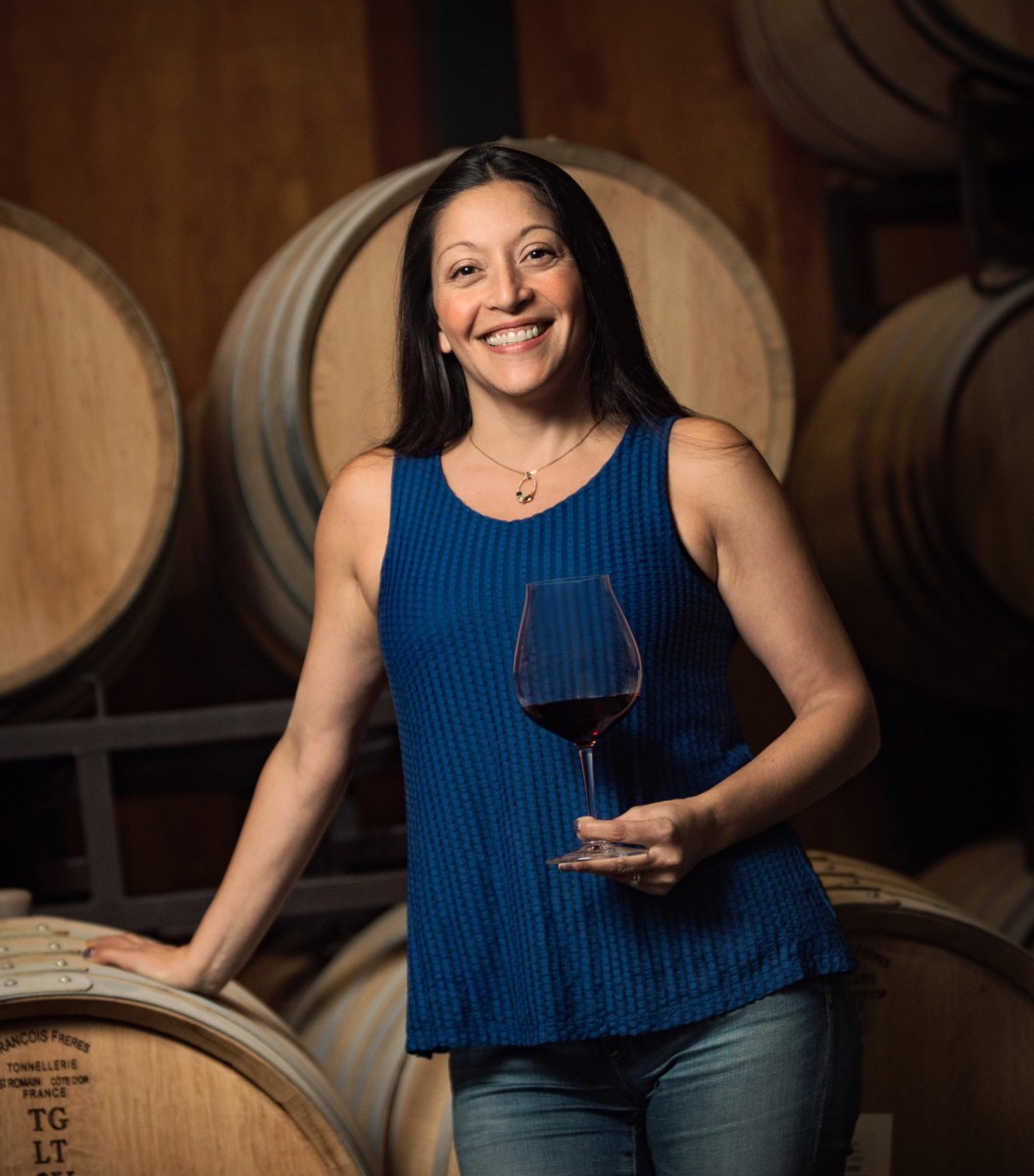

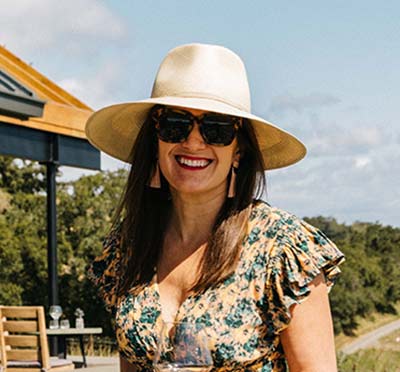


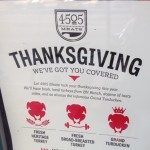
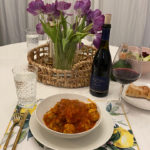
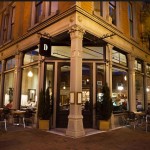

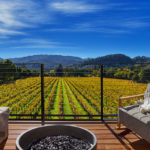
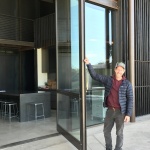
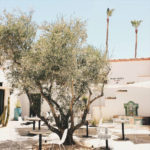
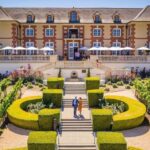
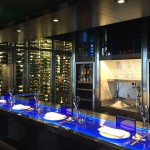
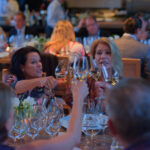
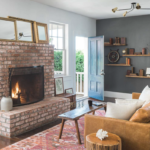
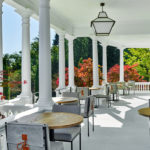
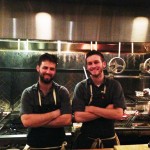
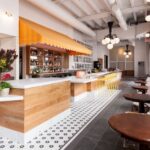
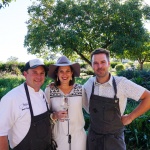
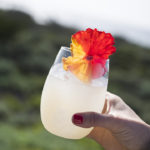
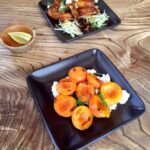
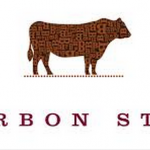
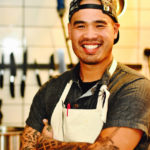
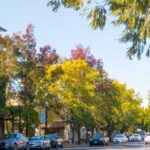
What do you think?